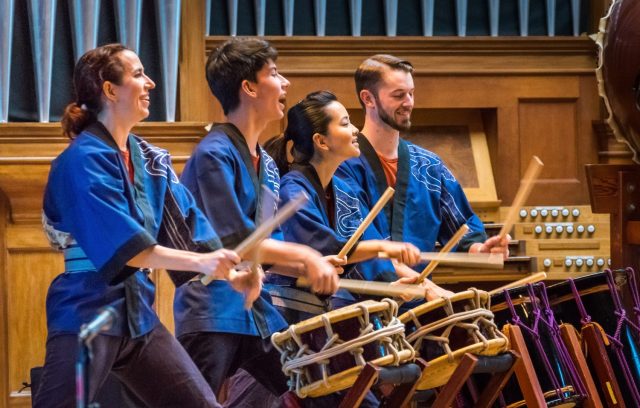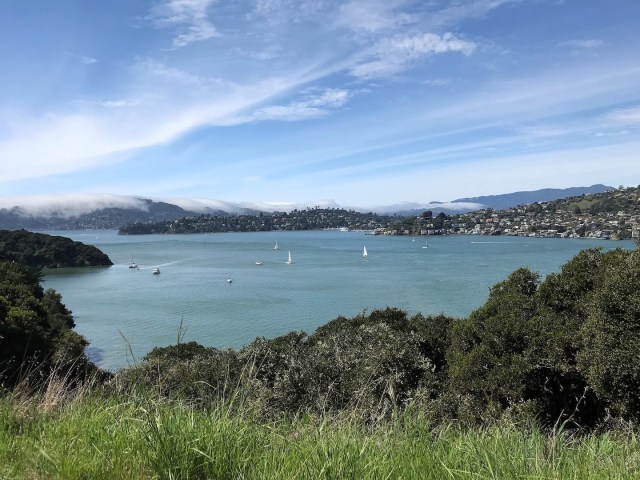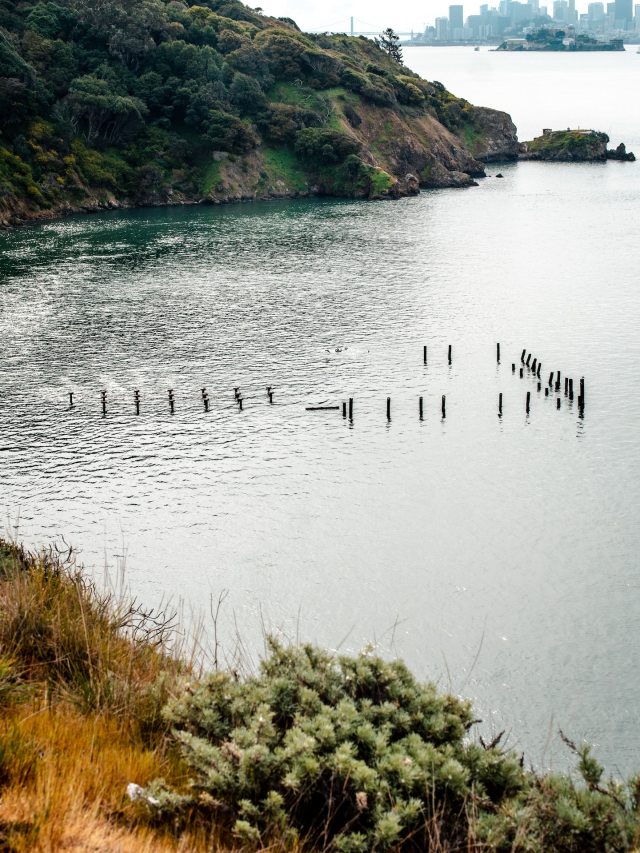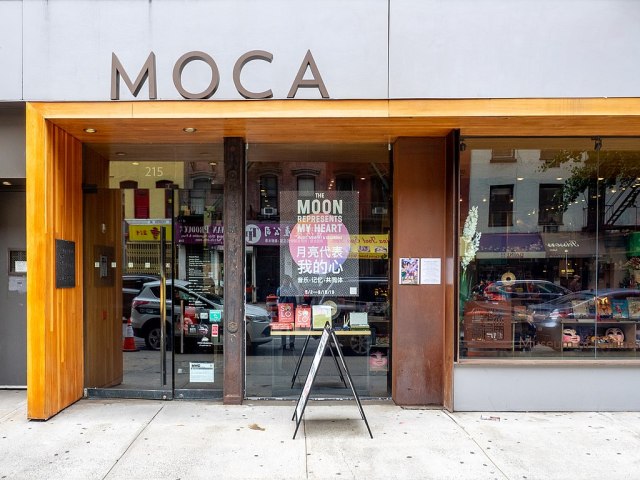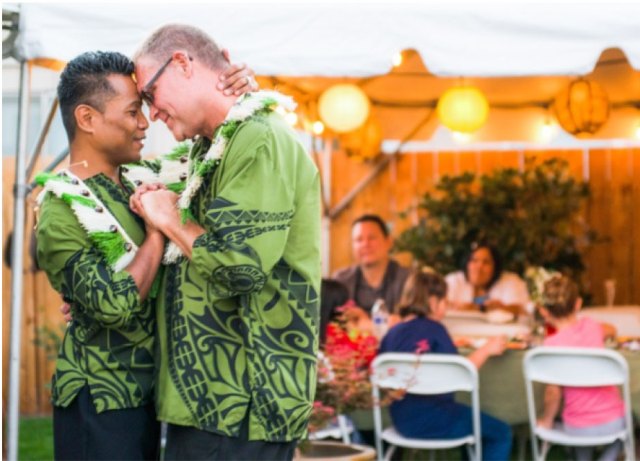Portland, Oregon: a place where families and communities blend together and show support for one another. Asian American and Pacific Islander [AAPI] communities have been a huge component of the diversity that makes Portland so unique! And when we band together to support local AAPI businesses that serve local families, we are not only broadening our kids’ knowledge and understanding of culture, we are strengthening community bonds and developing relationships that make Portland the city it is. From awesome small businesses and restaurants to arts and culture opportunities for your crew, we’ve rounded up AAPI-owned businesses and non-profits you can patronize and donate to and make a difference. Read on to find out more.
Hanoi Kitchen
This Vietnamese-owned spot has been a staple in the northeast neighborhood of Portland. Built on family-traded recipes, Hanoi Kitchen has been supplying Portland with delicious cuisine for years! Switch up a weekday meal or have a fun family dinner with their steamed rice crepes, their southern-style noodle soup, or treat you and the kiddos to a tasty vermicelli bowl!
Where: 7925 NE Glisan St., Portland OR
Phone: (503) 252 – 1300
Online: hanoikitchenpdx.com
Highlight Auto Body and Repair
Take the pressure off finding a decent place to get your car fixed with Highlight Auto Body and Repair! They are incredibly efficient and budget-friendly because they know how important having a working car is to getting around. Their effective customer communication, family-oriented candor, and passion for automobiles make Highlight the best way to get your car up to snuff and support a local AAPI business in the process!
Where: 11109 SE Division St., Portland OR
Online: highlight-auto-body-and-repair-portland
Portland Taiko
Ever wanted to learn the drums? How about Japanese taiko drumming? If you’re not sure what that is, now is a perfect time to find out! Built by Ann Ishimaru and Zachary Semke, this taiko performance group offers a range of learning options from company workshops to individual lessons. Plus, you know you’re getting grade-A instruction, as they routinely perform all over the Pacific Northwest! Head online today to check out their upcoming classes or schedule a community event with them.
Where: 3728 SE 34th Ave., Portland OR
Phone: (503) 288-2456
Online: portlandtaiko.org
Coco’s Donuts
Ever had one? They’re addicting. Treat you and the kiddos to a sweet snack after school or on a weekend afternoon with Coco’s Mochi Oreo or Mochi Matcha flavored donuts, or keep it simple with their glazed raised or chocolate frosted with sprinkles! No matter your preference, Coco’s has a treat for you. They’ve been serving up these warm, tasty treats to the Portland community for years, so don’t wait! Head to one of their multiple locations today to see what all the fuss is about!
Where: 5 Locations: Downtown Portland, Broadway, Williams, Brooklyn, Sunnywise, Portland State University
Online: cocodonuts.com
Lan Su Chinese Garden
Spend a weekend afternoon appreciating the beauty of the Lan Su Chinese Garden. Placed aptly in Portland’s China town, this green space is rich with native Chinese plants, flowers, and trees, as well as a Koi pond! Amble along the paths through their lush gardens for a meditative, calming experience and then cap the day with a cup of tea from their teahouse!
Where: 239 NW Everett St., Portland OR
Cost: Adults (Ages 14-61) $14, Seniors & Students $13, Youth (6-18) $11, Children 5 & under Free
Phone: (503) 228-8131
Online: lansugarden.org
Portland China Town Museum
This museum is nearly brand new to the city of Portland – opening its doors in December of 2018, the Portland Chinatown Museum [PCM] seeks to honor Portland’s rich Asian history. The museum constantly rotates exhibitions and has a permanent gallery feature titled Beyond the Gate: A Tale of Portland’s HIstoric Chinatowns. Pack the family up and head to PCM today to really understand the importance of Portland’s AAPI community today!
Where: 127 NW Third Ave., Portland OR
Cost: Adults: $8, Seniors: $6, Students: $5, Children 12& Under: Free
Phone: (503) 224-0008
Online: portlandchinatownmuseum.org
Japanese American Museum of Oregon
Located in the northwest Portland neighorhood, the Japanese American Museum of Oregon [JAMO] strives to educate the public about Japanese emigrants and their descendants, also known as the Nikkei. The idea for JAMO was built from the Issei Appreciation project, to preserve the stories of the Oregon Japanese immigrants, and the first iteration of the museum was established in 1990 at Tom McCall Waterfront Park. Now, they’ve just opened their northwest location [May of 2021] for all to explore, learn, and appreciate!
Where: 411 NW Flanders St., Portland OR
Phone: (503) 224-1458
Online: jamo.org
Donation Opportunities
While going out to eat and exploring gardens and museums is a great way to engage with Portland’s AAPI community, it isn’t the only way to have a supportive impact. There are several organizations that take donations that would go directly to the preservation of community history and the advancement of community business and activism. Below are some of the organizations you can donate to today as you do your part to support Portland’s great Asian American and Pacific Islander community!
Asian Pacific American Network of Oregon [APANO]
Founded in 1996, APANO dedicates itself to community development through cultural work, leadership development and support, political advocacy, and community organization!
Asian Pacific American Chamber of Commerce of Oregon & Southwest Washing [APACC]
APACC gathers representatives of all lines of Asian-owned businesses to ensure economic development, growth, and success among the Portland AAPI community.
The Japanese American Citizen League [JACL]
Founded in 1929, JACL has worked for nearly a hundred years to support Portland’s Japanese American community through civil rights activism to build infrastructure that supports our AAPI neighbors.
The Korean American Coalition [KAC]
KAC has several areas of impact for Portland’s AAPI community: they are engaged in civic and legislative advocacy, community service, cultural education through Korean artforms, and youth leadership!
Northwest Chinese Alliance [NCA]
Built on the practice of preserving cultural art forms, the NCA strives to showcase Chinese American history through the performing arts. They seek to build community and engage individuals through dance performances and events like the Rose Festival Grand Floral Parade!
Oregon Chinese Coalition [OCC]
The OCC is a tight-knit organization that seeks to strengthen the Portland Chinese community through civil, political, religious, and cultural preservation.
Oregon Korea Fund [OKF]
Founded in 1995, the OKF seeks to provide support for Korean heritage, communities, businesses, and families through the support of donations and grant work!
—Hannah Judge
READ MORE
Support These Black-Owned Businesses
Keep Portland (Baby Names) Weird with These Local-Inspired Names
How I Explain Racism to My White Friends (So They Can Explain It to Their Kids)
